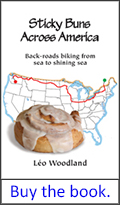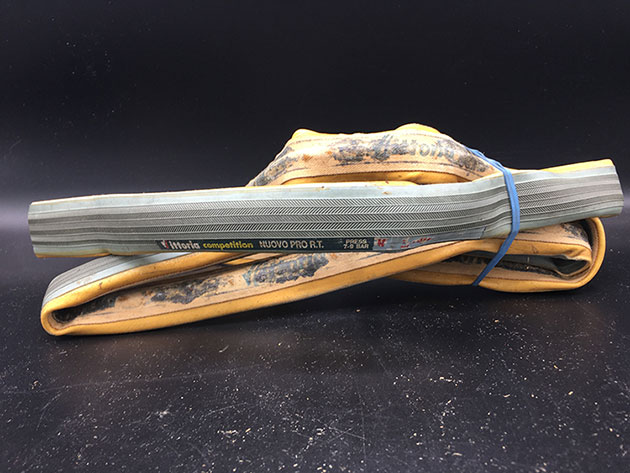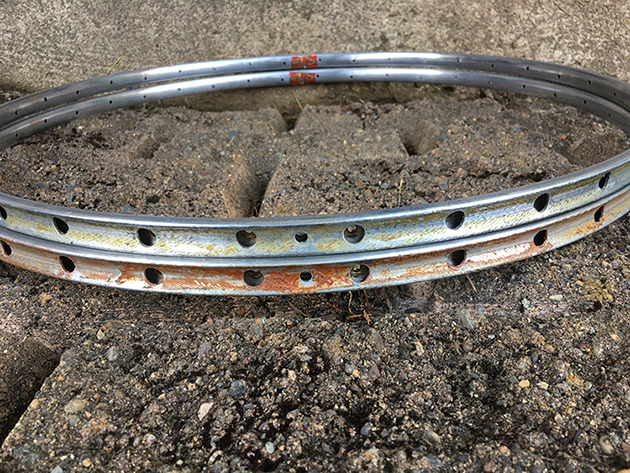

Why Ride Tubulars (Sew-Ups)
by John Neugent
Tech articles | Commentary articles
The late John Neugent probably knew more about bicycle wheels than anyone else. Maybe more about bikes as well. He spent his life in the bike business, at every level. He owned Neugent Cycling, a firm devoted to delivering world-class equipment at the lowest possible price. —Chairman Bill

John Neugent

Les Woodland's book Sticky Buns Across America: Back-roads biking from sea to shining sea is available in print, Kindle eBook & audiobook versions. To get your copy, just click on the Amazon link on the right.
John Neugent writes:
I’ve got a few orders for tubular (or as they are sometimes called, sew-ups) wheels in the last couple of weeks and it occurs to me that most people never really consider using them, which is a shame. The tubeless compatible trend seems to be eating up all of the business for tubular. Anyone riding, and in particular racing in the ‘70s, would remember how good they could be. Now, with quality sealants on the market, it’s my opinion that it’s time to rethink their use. The arguments against using them are they are expensive, hard to change, and not as durable as a clincher. Note that none of those arguments say anything about weight or performance. Let’s take those points one at a time.

Vittoria Nuovo Pro tubular tire. You owe it to yourself to give tubular tires a try. Photo courtesy South Salem Cycleworks.
Good quality clincher tires are now fairly close in cost to tubular. Gone are the days of the ‘70s when tubulars were often three or four times as expensive as clincher tires. There is an argument that the quality of clincher tires now is much better and that’s why they are more expensive than they used to be. But the difference in cost between the two tire types is now much smaller.
The fact that they are harder to change is probably true, but you don’t have the mess of a tubeless compatible tire to deal with. And, by the way, ever since the introduction of tubeless compatible rims came to be commonplace, I would wager that tubulars are easier to change than many of them. There is also a good chance that you will destroy a tubular tire when changing it, but that brings me to my next point. I never fix a tubular flat. I either use sealant after my first flat or even before I get a flat. I almost always use a tubular tire until it’s worn out. The sealant adds a little weight but I almost never get a flat.
The advantages of tubulars is both the tire and the rims are lighter. How much lighter? It can be a lot but the wheels alone are 100+ grams lighter. They also perform better because the sidewall is more flexible. I know there are companies out there who would disagree and some top pros are riding tubeless compatible tires, but many still are not. Another benefit is that you can ride a flat tubular tire so they are safer.

Tubular tire rims are not only lighter, their cross-section makes them less rigid and thus, they make for a more comfortable and better-handling bike.
Like many of you, I hate changing flats on the road and I find that riding on tubulars with sealant I almost never have to. I don’t carry a spare tire. So the next time you are in the market for wheels consider going to tubulars.
John Neugent was was one of the first to establish quality hand building in Taiwan around the turn of the century. He now owns Neugent Cycling, a firm devoted to delivering world-class equipment at the lowest possible price.







